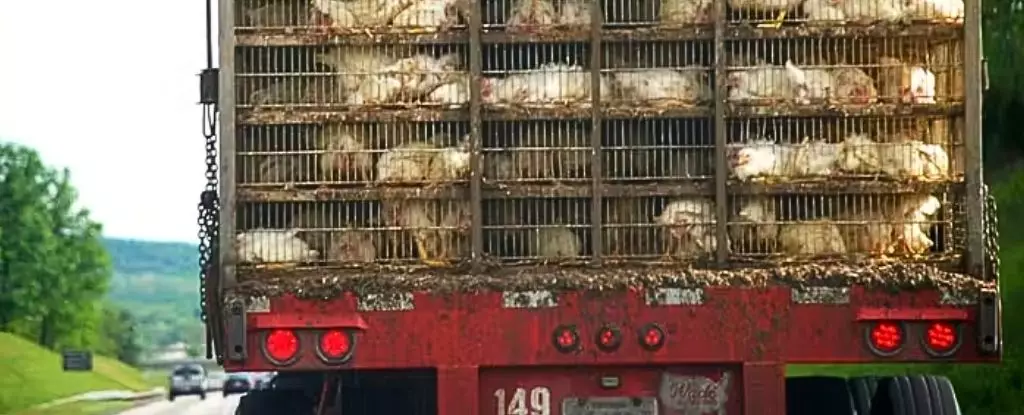Disease forecasting is not an exact science; it often feels like casting a shadow of doubt over the possibility of upcoming health crises. We can’t foresee every twist and turn in the outbreak of a disease just as much as we can’t predict the precise path of an incoming storm. However, we certainly can recognize early warnings and prepare for them. Enter the ominous shadow of avian influenza, particularly the H5N1 virus. Recent findings reveal that it has the potential to evolve into a catastrophic human health threat. The stark reality is unsettling: since 2003, over 900 confirmed cases of human infection have surfaced, and shockingly, around half of these have proved fatal. This mortality rate eclipses that of the infamous 1918 flu pandemic—a situation that demands urgent and collective attention.
An Anthropological Lens on Infectious Threats
A group of my colleagues and I explored the evolution of infectious diseases through the lens of anthropology in our recently published book, “Emerging Infections: Three Epidemiological Transitions from Prehistory to the Present.” This inquiry spans thousands of years, illustrating how human behavior has always played a pivotal role in the emergence of infectious diseases. The case of H5N1 is telling: it exemplifies a repetitive pattern of interaction between animals and humans, shedding light on how our activities often serve as catalysts for disease emergence. If history serves as a teacher, it warns us that we stand on precarious ground. Incremental evolutionary changes in H5N1 hint at the possibility of an effective transition from animals to humans—one that could spell disaster if it were to become widespread.
The Spillover Dilemma
At the heart of understanding infectious diseases lies the complex concept of spillover, wherein pathogens capable of thriving in one species cross over to infect another. In the case of the H5N1 virus, the transition from avian hosts to human beings is fraught with challenges. The pathogen must possess a specific set of molecular “keys” that fit precisely into the molecular “locks” of human cells—a daunting task made even trickier by the evolutionary dance of random mutation. It’s a high-stakes gamble where the odds often work against the pathogen. While the confined evolution of H5N1 raises concerns, it’s critical to recognize that the sporadic human cases we’ve seen are not isolated incidents. Each instance holds the potential for greater risk, especially as high-risk populations—like those working with infected poultry—continue to interact closely with these at-risk animals.
The Chatter That Speaks Volumes
The term “viral chatter” aptly describes the phenomenon we currently observe with H5N1—the sporadic human cases characterized by sudden bursts of infection that often seem like perplexing coded signals. Logically, this suggests that we could soon witness a significant human outbreak if proactive measures aren’t enacted swiftly. The evolutionary speed of influenza viruses compounds this threat; the potential for genetic reassortment when multiple strains infect the same host creates the conditions for novel, potentially more transmissible variants to emerge. Given that H5N1 has already infected hundreds of animal species, our window is narrowing as the environment becomes ripe for a potential pandemic.
Taking Action: Individual and Collective Responsibility
Here’s where a glimmer of hope intersects with stark reality: there are actionable pathways we can follow to prevent H5N1 from becoming a public health nightmare. Collective responsibility must be embraced at both the individual and societal levels. Proper care for food animals must become a priority; the sheer mass of poultry farming dwarfs wild bird populations, rendering disease patterns unusually concentrated around these industrial practices. Reducing intensive agricultural methods could decelerate the evolution and transmission of H5N1.
Moreover, as individuals, we can combat the overarching specter of influenza by engaging in seasonal vaccinations. At first glance, this may appear disconnected from avian influenza, but it plays a pivotal role. Vaccination mitigates the chances of genetic mixing between human and avian varieties, reducing the likelihood of creating a new super strain capable of human-to-human transmission.
On a wider scale, improving nutrition and sanitation in impoverished regions stands out as one of the most effective defenses against emerging diseases. Fostering better health in vulnerable populations enhances their resilience against potential infections while curtailing exposure to pathogens. In a world so intricately connected, the ripple effects of localized health issues eventually touch us all.
Past human behaviors have shaped infectious trajectories for over 10,000 years, and it is within our grasp to steer this course toward a healthier future. The consequences of inaction are too dire to ignore—a unified, proactive approach is non-negotiable if we aim to mitigate the looming threat posed by avian influenza.


Leave a Reply